The Llandoger Trow, Bristol
The Llandoger Trow is a fantastic looking building which dates from 1664 and can be found on King Street, across from the Theatre Royal in Bristol. The pub has a long tradition of serving those connected with the arts and the men who worked the sea. It also has a reputation of being haunted.

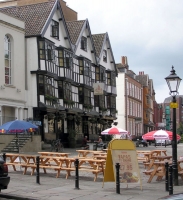
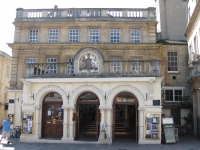
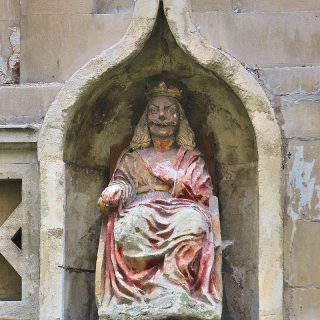
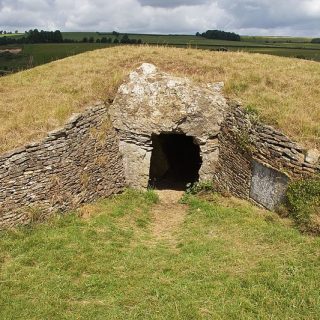
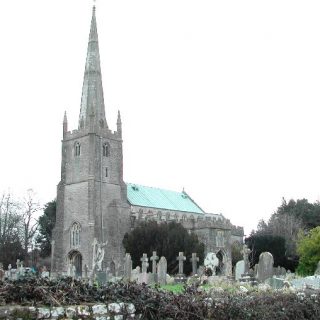
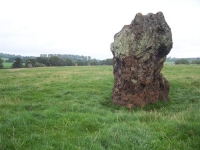
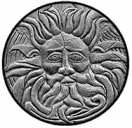
Recent Comments